What Does Decreasing Cash Use Mean for the Mexican Payments Landscape?
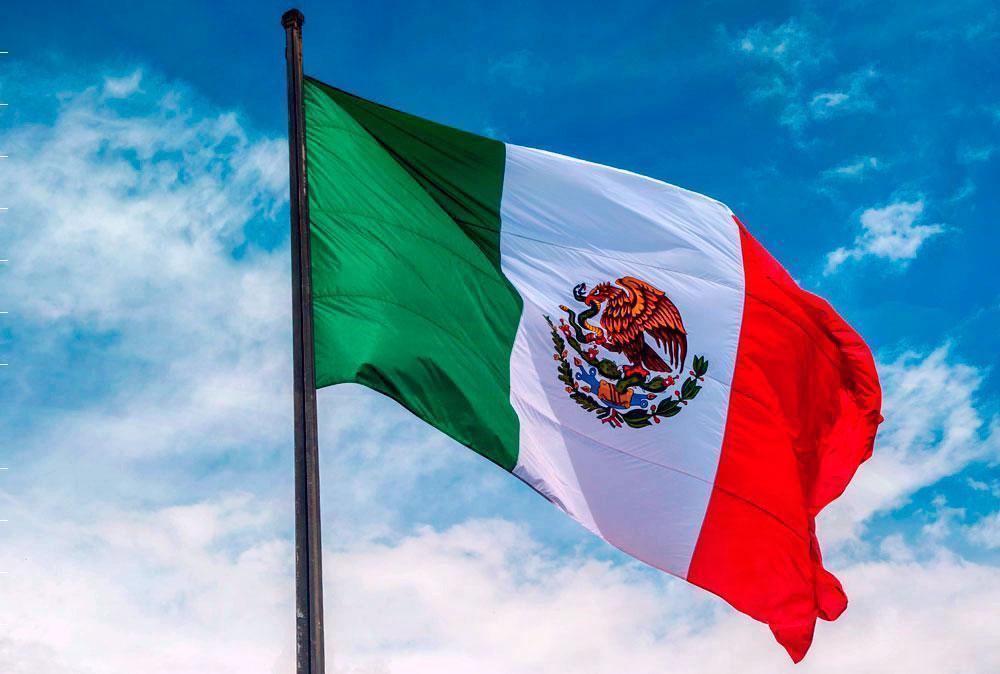
Cashless payments have gained significant momentum, modernizing global finance and changing the way individuals and businesses handle day-to-day transactions. Mexico, a country known for its vibrant economy, flourishing commerce, and rapidly growing tech industry, is one prominent example of how declining cash usage can completely transform the local payments landscape.
In this overview, we delve into the key drivers behind this major shift ongoing in Mexico and discuss whether the increasing demand for digital payments has the potential to lead the country to a cashless society in the foreseeable future. Keep reading not to miss out on all the valuable insights!
Cash Is No Longer King: Why Are Digital Payments Booming in Mexico?
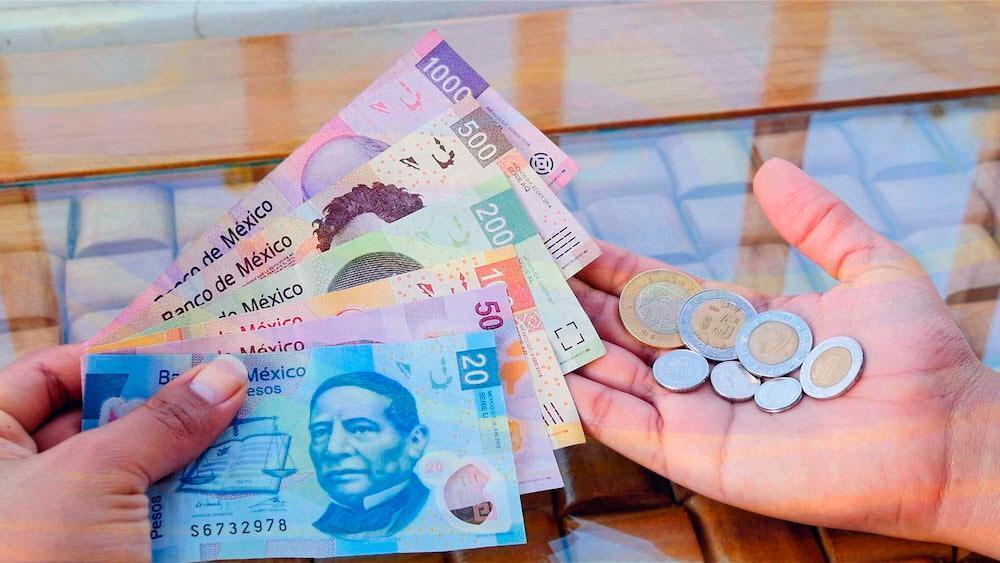
This impressive shift is driven by a combination of such factors as:
- Risks linked to cash payments. All local stakeholders, including the government, big industry players, and consumers, agree that since cash payments come with significant risks of theft and fraud, they need to be replaced with options that offer advanced security.
- The rise of fintech companies. The growth and widespread acceptance of fintechs like Clip and Nubank have played a pivotal role in driving the adoption of digital payments across Mexico and making consumers rethink their attitude toward cash.
- The increasing popularity of mobile wallets. The adoption of digital payments is largely driven by the local public’s recognition of the mobile wallet’s convenience. For instance, Mercado Pago is expected to triple its user base between 2020 and 2025.
- Evolving trade. Mexico’s eCommerce market, the second largest in Latin America, is experiencing rapid growth, with its value projected to double by the end of 2023. Given the fact that cross-border sales already comprise 30% of it, it comes as no surprise that Mexico is a favorable environment for digital payments to thrive.
- Changing demographics. Younger generations, such as Millennials and Gen Zers, are usually early adopters of innovative payment solutions. This is also true for Mexico, where this demographic group is a significant consumer segment, which is actively driving the popularity of eCommerce up and, hence, promoting the use of digital payments.
- Government support. The Mexican government has made substantial efforts to promote the inclusion of more individuals and businesses in the formal financial system through digital payments to support various social and economic objectives.
Notably, as a part of Mexico’s National Financial Inclusion Policy, the Ministry of Finance permits digital payments in sectors like healthcare and hospitality, while the central bank promotes the adoption of Cobro Digital (CoDi), its proprietary real-time mobile payments platform, in the retail sphere.
The policy’s ultimate target is to ensure that no less than 77% of Mexico’s population uses at least one financial product by 2024. With such ambitious objectives fueled by the major trends listed above, it is clear to see why cash in Mexico is being gradually replaced by more modern alternatives. But how do the locals feel about such initiatives?
What Is the Public Sentiment on Digital Payments?
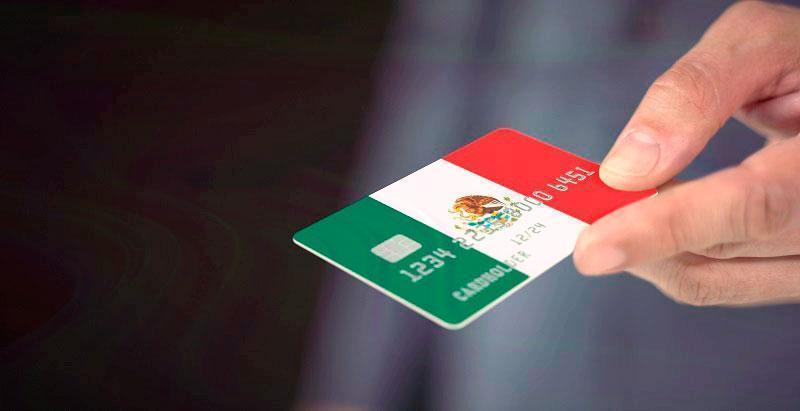
Despite cash still being a crucial part of the Mexican payments ecosystem, the overall sentiment toward modernized payments in the country is generally positive, as illustrated by the following figures:
- 30% of local women express a desire to incorporate digital elements into all aspects of their shopping experiences.
- The total digital transaction value in Mexico is anticipated to experience a compound annual growth rate (CAGR) of 13.94% between 2023 and 2027, reaching approximately $151.70 billion by 2027.
- Buy Now, Pay Later (BNPL) services are also booming in Mexico, having grown by approximately 82% over the course of 2022. This is largely due to the effects of the global pandemic and increasing demand from younger generations.
What’s more, digital payments are also being actively embraced by local businesses, as they are perceived as an effective way to enhance company operations and drive growth.
Notably, a study conducted by Visa Mexico in 2021 shed light on this trend when it was only emerging, focusing on small and medium-sized businesses (SMBs) that were adopting digital payment methods for the first time.
This research revealed that an impressive 75% of respondents acknowledged that accepting digital payments had a profound impact on their business, fueling its growth. On average, these companies experienced a monthly revenue increase of up to 22%.
Given the fact that both consumers and businesses are generally willing to embrace digital payments, it is only natural to wonder why this transition has not happened earlier. Read on to find out!
3 Key Obstacles to Reducing the Use of Cash in Mexico
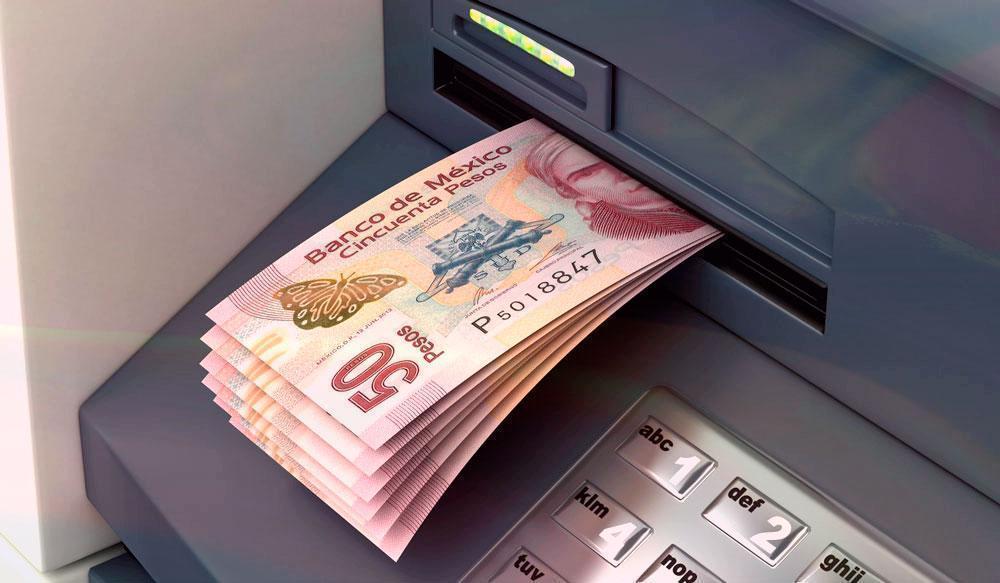
While massive changes to the Mexican payments landscape seem to be underway, it will still take time for the country to fully adjust to lower cash use. Here are the top three challenges that are in the way of a faster transition:
1. Large Unbanked Population
While this situation certainly means that cash will continue to be used in Mexico in the foreseeable future, it also gives way to innovative fintech solutions. Notably, at the beginning of 2022, a staggering 94% of Mexican consumers were already utilizing mobile banking apps and other alternative financial tools.
2. Lack of Transparency
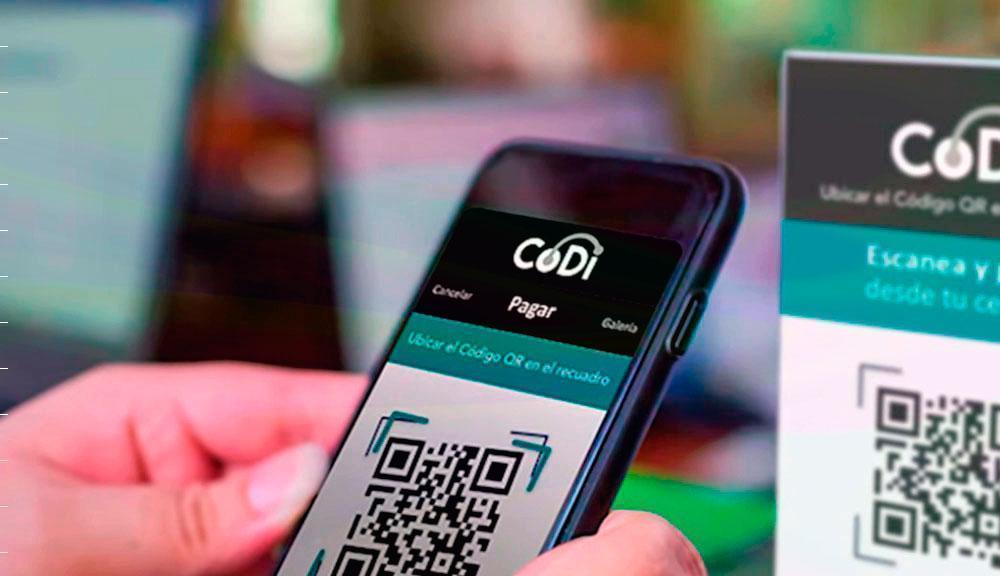
According to the latest research, Mexican consumers are 36% more likely to make purchases in brick-and-mortar stores than the average shoppers in countries like Brazil, India, the UAE, the UK, and the USA. This is mainly due to the fact that they believe this option is cheaper, find it easier to navigate, and appreciate it offering immediate access to goods.
This tendency partially explains why cash has been asserting its dominance in the local payments landscape for so long. Just like with physical stores, a lot of Mexicans tend to feel more comfortable with tangible money, considering it more simple, reliable, and trustworthy than digital forms of payment.
What’s more, while 66% of merchants provide enhanced data protection measures in digital payments, only 57% of local shoppers are aware of it, which undoubtedly hinders conversions.
Due to this, to gain the trust of consumers and promote their transition to digital payments, Mexican merchants must prioritize enhancing the visibility and transparency of security features and refund policies.
3. Regulatory Framework Drawbacks
While the Mexican government aims to encourage the spread of digital transactions, the local payment industry still has many regulatory aspects that require refinement.
Experts agree that the existing regulations create an uneven competitive landscape among digital payment service providers. Besides, they also pose challenges to expanding the digital financial infrastructure, especially when it comes to increasing cash-in and cash-out access points in remote areas.
Overall, relaxing the regulatory constraints could help facilitate the growth and expansion of digital payment services in Mexico by promoting financial inclusion and enhancing accessibility in underserved areas.
Can Mexico Achieve a Cashless Economy?
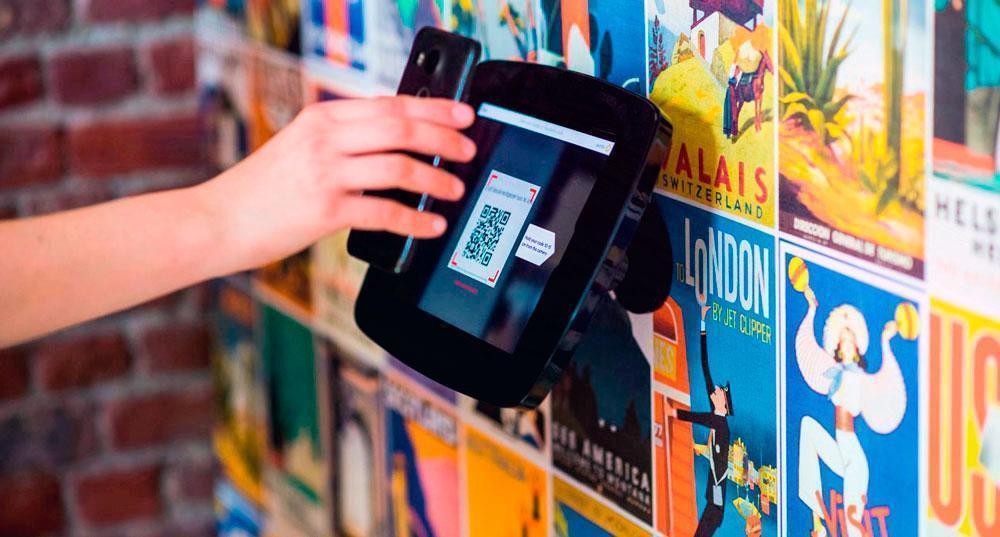
In recent years, Mexico has been making significant steps toward achieving a cashless society by promoting digital transactions and even announcing the development of the digital peso, the country’s CBDC, back in 2021.
However, the country still has significant challenges to overcome before it can complete this large-scale project. After all, this undertaking will require significant investment in infrastructure, multiple regulatory reforms to promote innovation, and measures to address barriers hindering financial inclusion.
Yet, should the collaborative efforts from various stakeholders across the country, including the government, FIs, businesses, and consumers, continue, Mexico is sure to succeed at reducing the use of cash to unprecedented levels already in the near future.
Thank you for reaching us. Your request has been sent successfully. We will get back to you as soon as possible.
Message was not sent

